Description
Winning the War Against Germs: The Power of Antimicrobial Additives
In a world increasingly aware of the microscopic battles waged against harmful bacteria, viruses, and fungi, antimicrobial additives are emerging as vital tools in safeguarding our health and well-being. These invisible protectors are being incorporated into a wide range of products, from everyday household items to critical medical devices, offering a powerful defense against the spread of infection and spoilage.
What are Antimicrobial Additives?
Antimicrobial additives are substances incorporated into materials during the manufacturing process to inhibit the growth and proliferation of microorganisms. Unlike antimicrobial surfaces that rely on a coating, these additives become an integral part of the product, providing long-lasting and consistent protection.
These additives work through various mechanisms, targeting different aspects of microbial life. Some disrupt cell membranes, others interfere with DNA replication, and still others inhibit key enzymatic processes necessary for survival and reproduction.
A Diverse Arsenal of Antimicrobial Agents:
The world of antimicrobial additives is diverse, with a wide range of agents available to suit specific applications and material requirements. Some common types include:
- Silver: Known for its broad-spectrum antimicrobial activity, silver is frequently used in textiles, plastics, and medical devices. Silver ions disrupt microbial cell function, effectively killing a wide range of pathogens.
- Copper: Another metal with inherent antimicrobial properties, copper is particularly effective against bacteria and fungi. It’s increasingly being used in door handles, handrails, and other high-touch surfaces.
- Zinc Oxide: This inorganic compound exhibits antibacterial and antifungal properties, often used in textiles, plastics, and paints. It primarily disrupts cell membranes and inhibits microbial growth.
- Organic Antimicrobials: This category encompasses a broader range of synthetic compounds, including triclosan, quaternary ammonium compounds (quats), and isothiazolinones. These additives are often chosen for their specific activity against particular microorganisms.
Applications Across Industries:
The versatility of antimicrobial additives allows for their integration into a vast array of products and industries, including:
- Healthcare: Medical devices, catheters, surgical dressings, and hospital surfaces benefit from antimicrobial protection, helping to prevent hospital-acquired infections (HAIs).
- Textiles: Antimicrobial treatments are increasingly popular in clothing, bedding, and sportswear, preventing odor-causing bacteria and extending the lifespan of fabrics.
- Packaging: Food packaging incorporating antimicrobial additives helps to inhibit spoilage and extend shelf life, reducing food waste.
- Building and Construction: Paints, coatings, and even concrete can be treated with antimicrobials to inhibit mold and mildew growth, improving indoor air quality and extending the life of building materials.
- Plastics: From household items to industrial components, antimicrobial additives in plastics help to prevent bacterial contamination and degradation.
Benefits Beyond Hygiene:
While the primary benefit of antimicrobial additives is their ability to reduce the risk of infection and spoilage, they offer several secondary advantages:
- Improved product durability: By inhibiting microbial growth, these additives can prevent the degradation of materials, extending the lifespan of products.
- Odor control: By targeting odor-causing bacteria, antimicrobial additives help to keep products smelling fresh and clean.
- Reduced reliance on harsh cleaning agents: Antimicrobial protection reduces the need for strong disinfectants, minimizing exposure to potentially harmful chemicals.
Navigating the Challenges and Ensuring Safety:
While antimicrobial additives offer significant benefits, it’s crucial to address potential concerns regarding their long-term impact and safety.
- Antimicrobial resistance: Overuse and misuse of antimicrobials can contribute to the development of resistant microorganisms. Responsible use, including selecting appropriate additives for specific applications and following recommended concentrations, is essential.
- Environmental impact: The potential for antimicrobials to leach into the environment and impact aquatic ecosystems needs careful consideration. Selecting environmentally friendly additives and implementing proper waste disposal practices can minimize these risks.
- Human health: Thorough testing and regulatory oversight are essential to ensure the safety of antimicrobial additives for human health. Manufacturers must conduct rigorous evaluations to assess potential risks and comply with relevant regulations.
The Future of Antimicrobial Additives:
As our understanding of microbial interactions continues to evolve, the field of antimicrobial additives is poised for further innovation. Research is focusing on developing:
- Broad-spectrum antimicrobials: Additives that are effective against a wide range of microorganisms, including antibiotic-resistant strains.
- Bio-based antimicrobials: Sustainable and environmentally friendly alternatives to synthetic additives.
- Targeted antimicrobial delivery systems: Technologies that deliver antimicrobials directly to specific areas of need, minimizing environmental impact.
Conclusion:
Antimicrobial additives have become indispensable tools in the battle against harmful microorganisms. By offering a proactive and long-lasting defense against infection and spoilage, they contribute to improved health, hygiene, and product longevity. As we continue to refine and innovate in this field, antimicrobial additives will play an increasingly critical role in creating a safer and healthier world for all. They are a powerful weapon in our ongoing war against germs, one that requires careful consideration, responsible use, and continuous innovation to maximize its benefits and minimize potential risks.


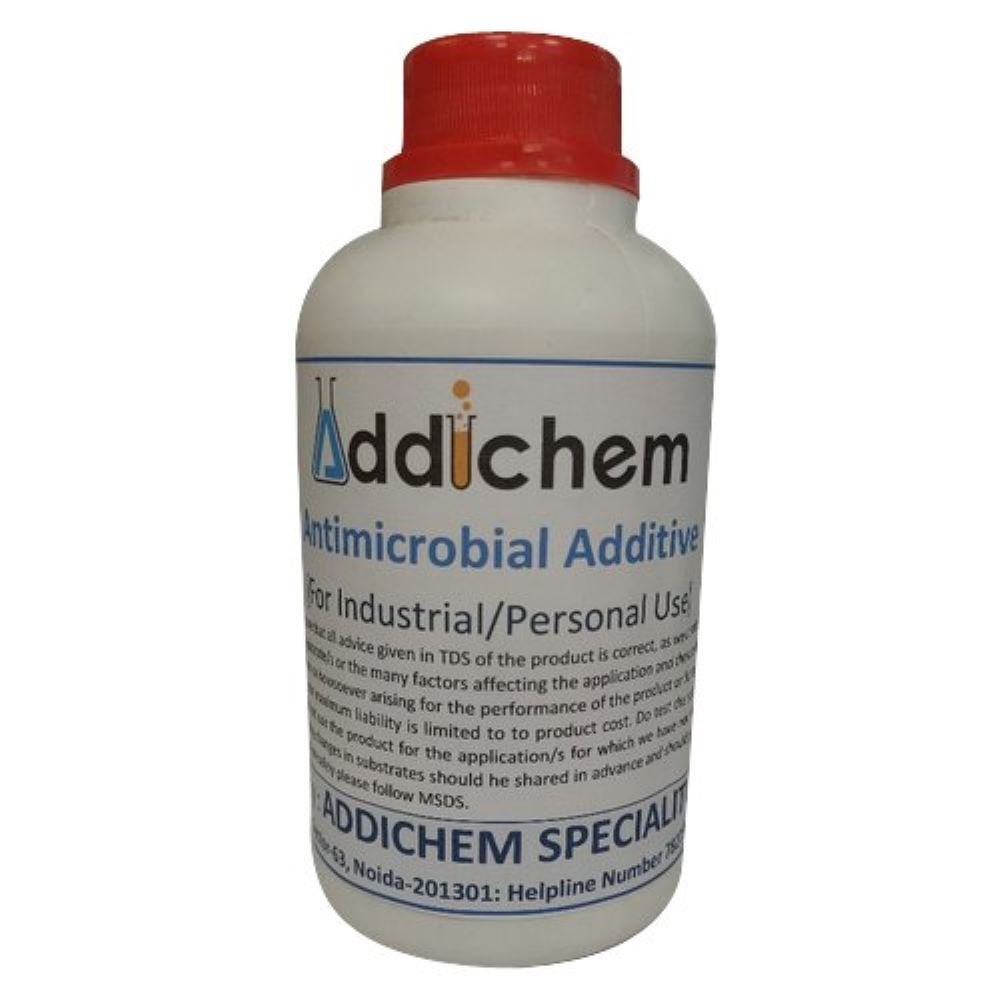


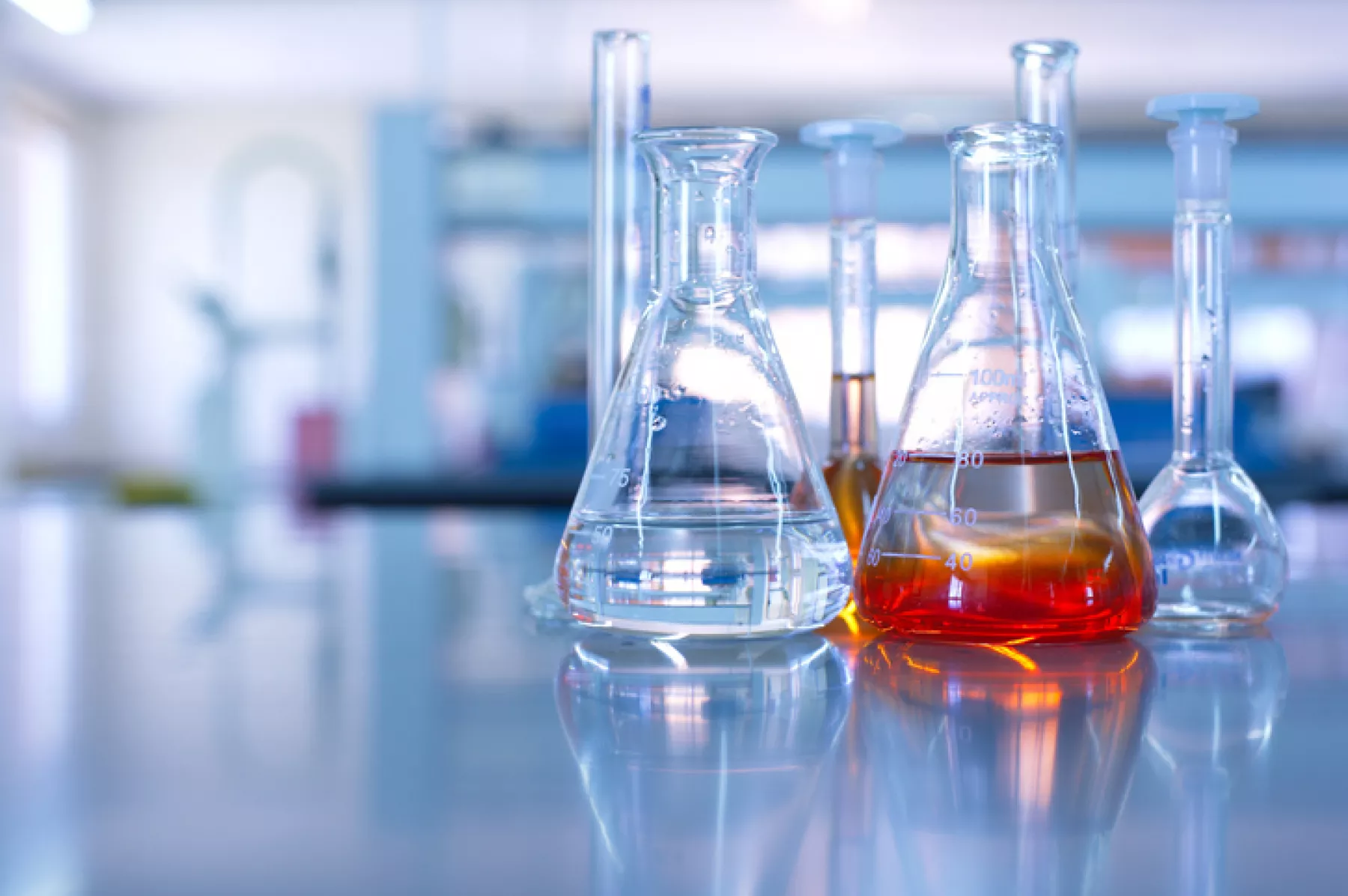
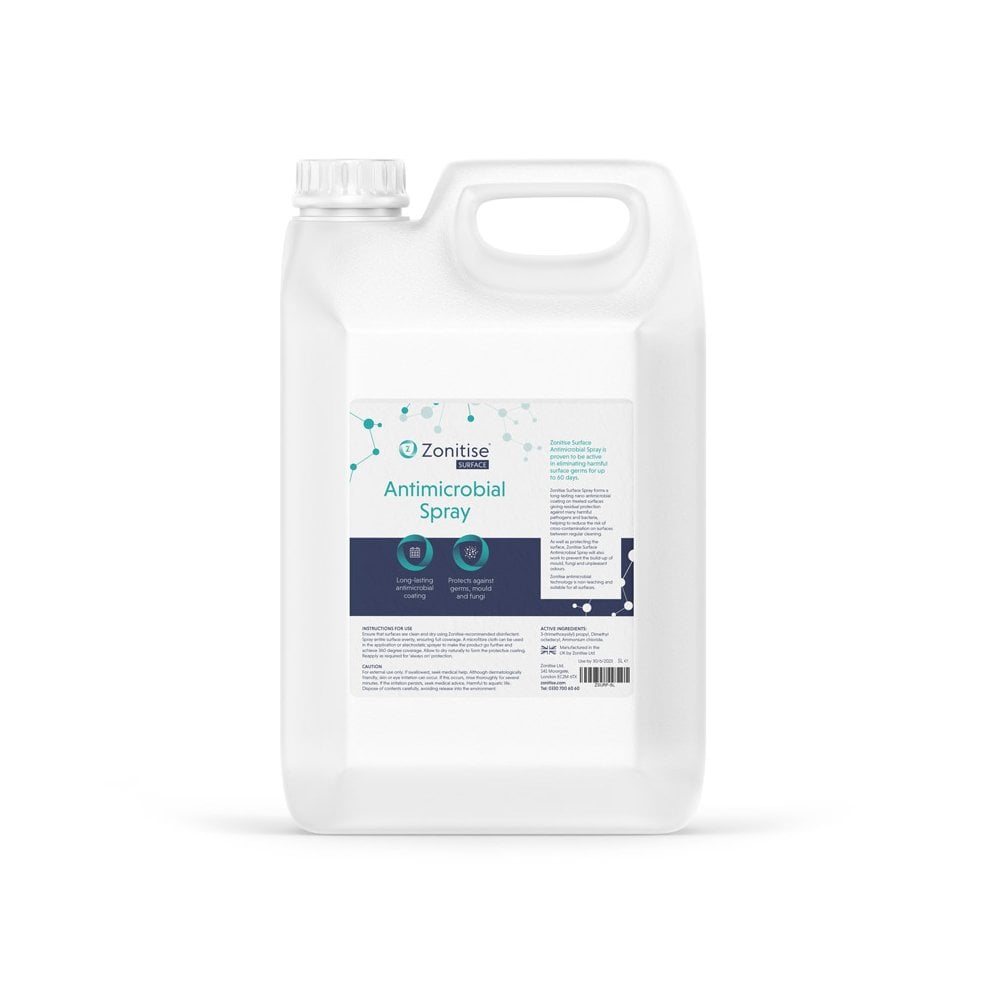


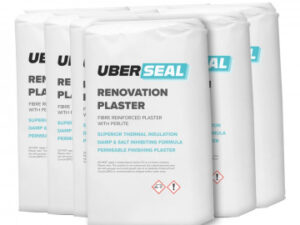

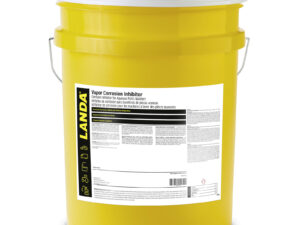
Reviews
There are no reviews yet.